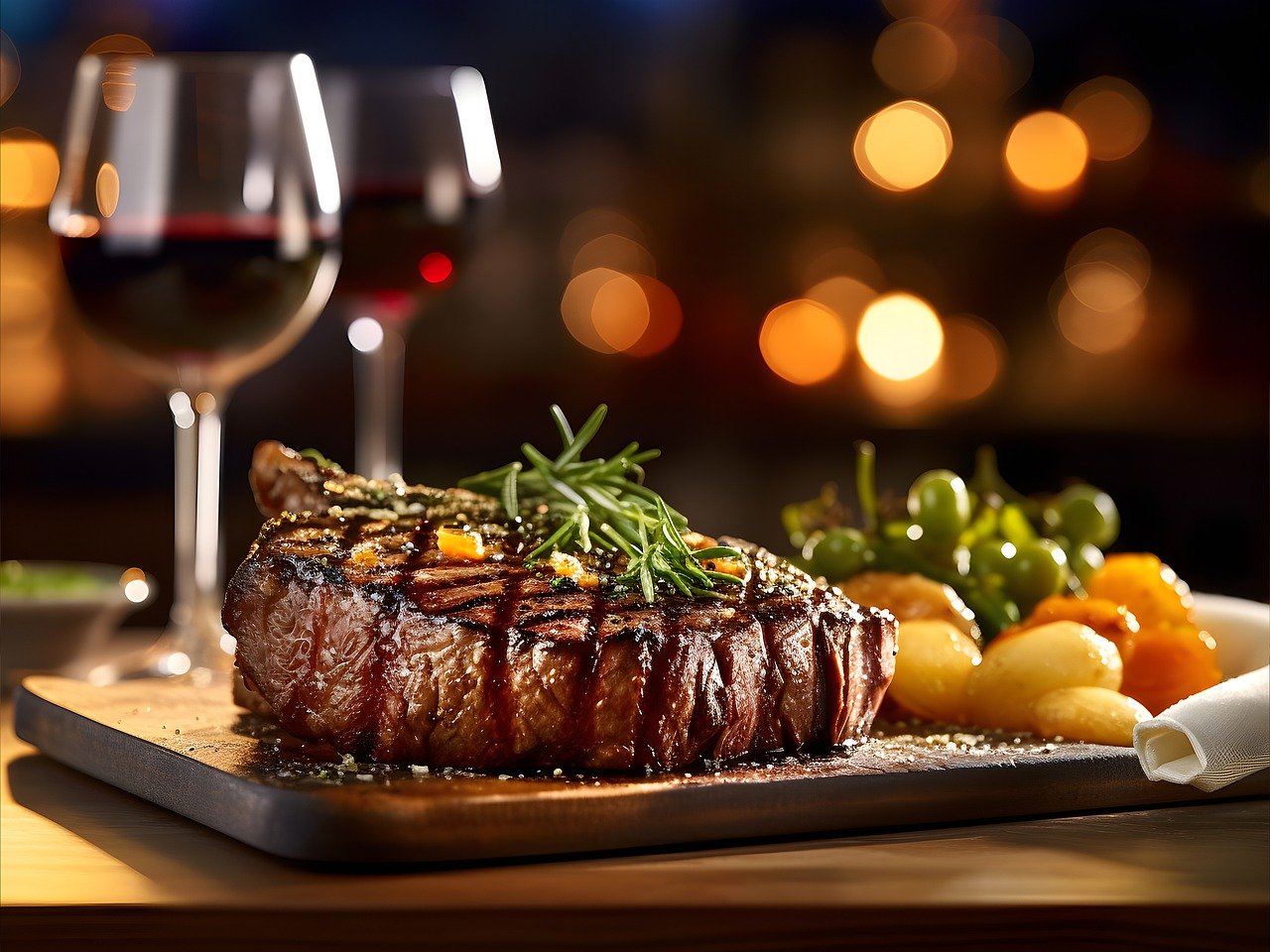Equal parts fruity and savory, Tempranillo may just be the best red meat wine on the planet. Born in Spain, the varietal has spread its wings and found nourishing homes in places all over the global wine map. In fact, some of the very best Tempranillo is coming out of the states, in places like Oregon and Texas.
The third-most planted wine grape on earth ripens on the early side and produces a lovely, fuller-bodied red. It’s a natural for red meat, or even plant-based alternatives. So by default, Tempranillo is a great summer wine, ideal matched with what’s cooking on your grill.
What does Tempranillo taste like?

Writing Tempranillo off as a blending wine is a big mistake. This red has a lot to offer, showing brighter fruit notes when young and more mature options affording earthier, spice and stewed tomato notes. Some even offer flickers of dill and leather. Tempranillo always seems to offer a nice mix of bold berry notes alongside umami characteristics, making it an ideal partner for red meat, whether you’re doing a simple steak or cooking your own brisket.
Where can I find great Tempranillo?

Spain is where it’s at, but don’t stop there (although you should read our intro to Spanish wines). Outside of iconic regions like the Rioja and Ribera del Duero, Tempranillo has found solid footing in places like California, Oregon, Texas, and Washington. Producers like C.L. Butaud, Abacela, and Split Rail are making some fantastic versions. Paso Robles wine country is also a promising area for this varietal.
Beyond the U.S., look to places like Argentina, Australia, and Mexico for some superb offerings. Be sure to check out some older versions of Tempranillo too as the wine is known to age well. Your local bottle shop will likely have some reserve level vintage offerings from Spain, if not a few other regions.
Other Tempranillo FAQs

Is Tempranillo sweet or dry?
The wine we know and love is bottled dry. However, the grape itself is often incorporated in sweet wines like Port. Of the best dry red wines out there, Tempranillo is somewhat underrated, especially compared to headline-grabbers like Cabernet Sauvignon. There’s also a white mutation called Tempranillo Blanco, which has been formally acknowledged in Spain since 2007 and is worth looking out for.
What is Tempranillo similar to?
Those who like Cabernet Sauvignon and Sangiovese will find similar traits in a good Tempranillo. Younger versions of the wine are surprisingly vibrant, more like Pinot Noir. Older ones can be more complex, with well-integrated tannins.
Is Tempranillo the same as Cabernet Sauvignon?
No. While the structure of a solid Tempranillo may remind one of a Cab, the grapes are different. Tempranillo is believed to be a cross between the Spanish grapes Albillo Mayor (a white grape from the Ribera del Duero) and Benedicto. Many believed Tempranillo to be a sibling of Pinot Noir, but there’s no relation.
Is Tempranillo similar to Merlot?
Tempranillo can offer characteristics similar to Merlot, especially in terms of darker fruit, tobacco, and herbs. And while often blended with Merlot, Tempranillo is fairly different, not just genetically but in terms of flavor. Merlot tends to offer more in the way of blue fruit, graphite, mocha, and oak.
How old is Tempranillo?
Quite. Despite being believed to be something else long ago, Tempranillo as we know it likely dates back to the 17th Century. Spanish explorers brought the grape with them on their journeys abroad. Some evidence suggests the grape could go as far back as the 9th Century. The Phoenicians likely brought the variety to Iberia some 3,000 years ago.
Is Tempranillo heavy or light?
Right in between. Tempranillo has a decent range when it comes to weight on the palate, but generally, the wine is medium in body. That said, the wine will sit on your palate and swirl in the glass like a Grenache, Syrah, or Zinfandel, just to name a few. This makes it all the more nimble with food, as Tempranillo boasts the weight to keep up with heartier fare without the gusto that might overwhelm some dishes. The lighter and younger ones can even benefit from a slight chill, especially on a hot evening.
The best way to understand the wine is to try it out. Grab some recommended bottles from your local shop or get out there and patronize your area tasting rooms if you happen to live in (or are visiting) a warmer zone where Tempranillo thrives. See how terroir plays a role and try enhancing it with some classic tapas, a good flank steak, or barbecued ribs.



